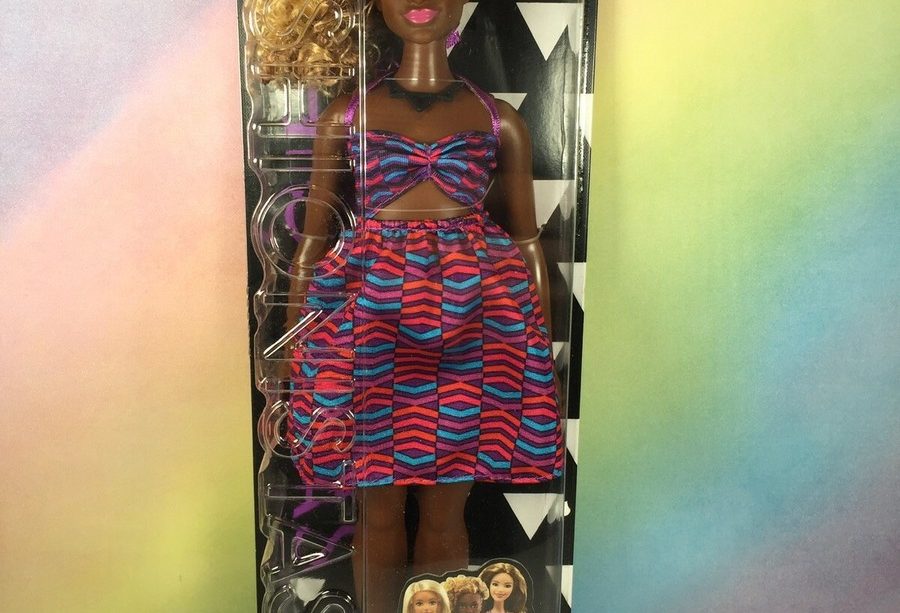The Enduring Appeal of Barbie Dolls

Introduction
Barbie dolls have been a significant presence in the toy industry since their debut in 1959. Created by Ruth Handler, co-founder of Mattel, Barbie has transcended her initial role as a simple children’s toy to become a cultural icon. With ongoing trends toward inclusivity and diversity, the relevance of Barbie dolls remains strong, resonating with new generations and adapting to contemporary societal norms.
Evolution of Barbie Over the Decades
Initially marketed as a teenage fashion model, Barbie has undergone numerous transformations that reflect changing societal expectations and cultural shifts. The 1960s and 70s brought a wave of diverse professions, with Barbie taking on roles such as astronaut, veterinarian, and even President. However, it was in recent years that Mattel made concerted efforts towards inclusivity, launching the “Fashionistas” line which features dolls of various body types, skin tones, and abilities.
Barbie in the Modern Era
The release of the 2023 movie, “Barbie,” directed by Greta Gerwig, reignited interest in the iconic doll, bringing her legacy to the forefront of pop culture discussion. The film has been praised for tackling complex themes of identity, feminism, and consumer culture, while also introducing Barbie to a new audience. The ensuing merchandise sales reflected this success, with a notable increase in Barbie doll purchases worldwide.
Impact on Children and Society
Barbie dolls serve not just as toys, but as tools of imagination and creativity for children. Research indicates that playing with dolls like Barbie can help in developing empathy and social skills. The diverse iterations of Barbie encourage young playmates to envision a multitude of possibilities and aspirations. Mattel’s conscious decision to align Barbie with varied lifestyles has made it a relatable figure for children, allowing them to explore different identities and careers through role play.
Conclusion
In conclusion, Barbie dolls continue to be significant, both as toys and as cultural artifacts. They reflect historical and social standards of beauty, gender roles, and aspirations. As Mattel adapts to the times, the significance of Barbie will likely evolve, but her foundation as an inspirational figure for children will endure. The ongoing embrace of diversity and innovation in design suggests a promising future where Barbie remains a beloved figure in the hearts of many.








